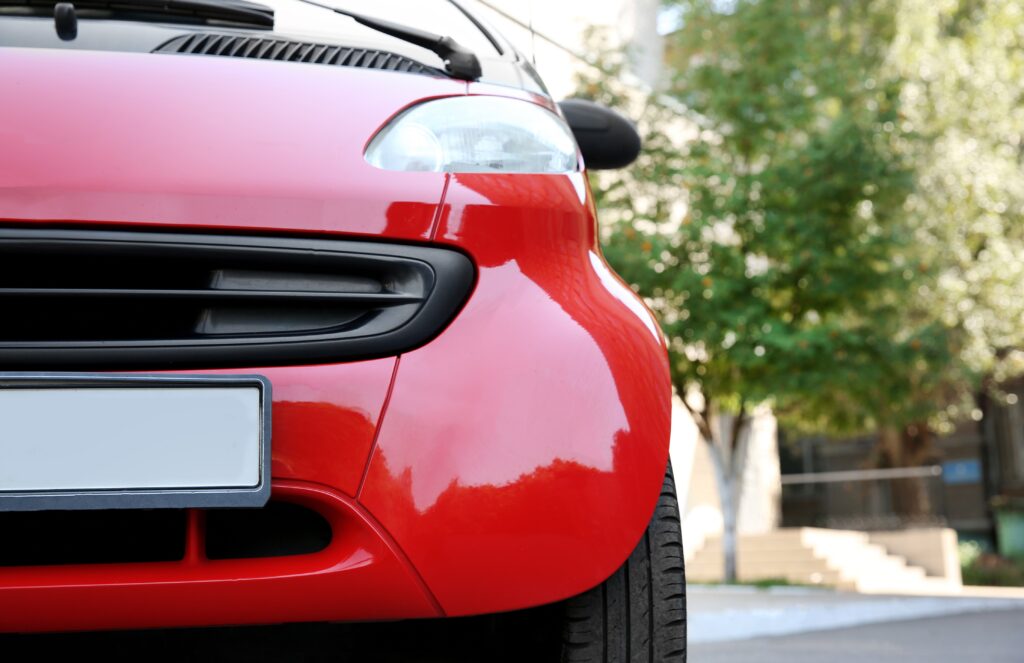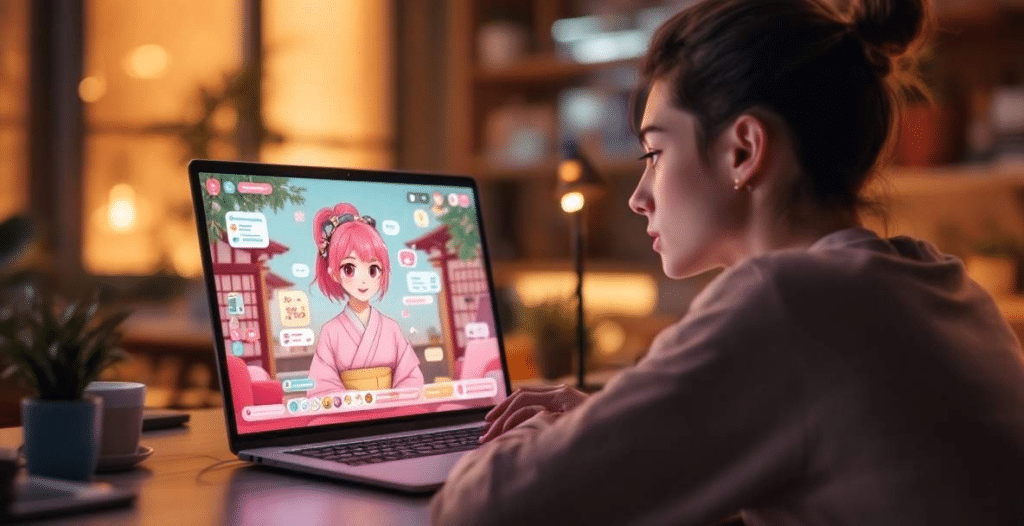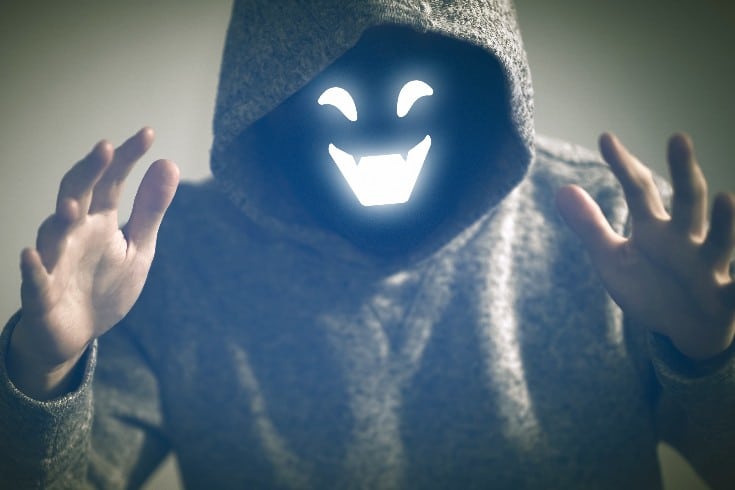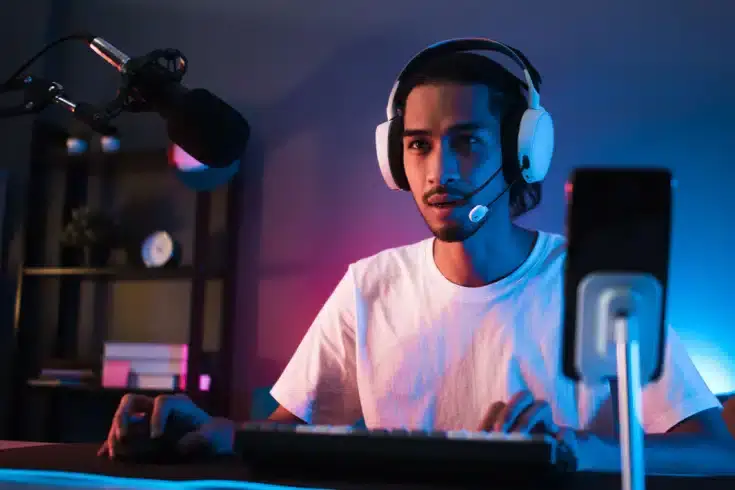'Why It's Necessary to Blur 'Faces' and 'Car License Plates' on YouTube'

On YouTube, a variety of videos are posted daily. Among these videos, there may be instances where faces and car license plates have been pixelated. Why is this pixelation process carried out? In the case of faces, the issue is the ‘right of publicity’, and for license plates, it’s the ‘right to privacy’. Therefore, it’s important to have a correct understanding of these issues.
Cases Involving Faces of Individuals
The Rights in Question

Firstly, the issue at hand involves the ‘right of publicity’ when a person’s face is involved. The right of publicity is the right of a specific individual to not have their face or appearance ‘photographed’ or ‘publicized’ without permission. There is no explicit provision recognizing the right of publicity. The right of publicity is a right recognized based on the right to pursue happiness as stated in Article 13 of the Japanese Constitution, which states, “All of the people shall be respected as individuals. Their right to life, liberty, and the pursuit of happiness shall, to the extent that it does not interfere with the public welfare, be the supreme consideration in legislation and in other governmental affairs.” This right has been established through precedents.
When Issues of Publicity Rights Infringement Arise
Whether or not there is an infringement of publicity rights is determined mainly by the following circumstances:
- Whether the face of the person being photographed can be identified
- Whether the person being photographed is the main subject of the photo or video
- Whether the photo or video is being published in a place or medium with a high potential for dissemination
- Whether there is consent from the person being photographed for the photography and publication
- Whether the location of the photography is a place where being photographed can be anticipated
For example, if a YouTuber films a video of ‘warning against littering cigarette butts’ or ‘warning people smoking in non-smoking areas’, and posts it on YouTube in a situation where the face of the person being filmed can be identified without their consent, there is a high possibility that it will be judged as an infringement of publicity rights. In such cases, it is necessary to properly pixelate the video before posting it.
On the other hand, if the circumstances listed above are not recognized, the possibility of infringing on publicity rights is low, and it is considered that there is no legal problem even if pixelation is not applied. However, determining whether or not there is an infringement of publicity rights requires legal knowledge and professional judgment, so it is considered safer to apply pixelation if the judgment is ambiguous.
Furthermore, even in cases where a video containing a person’s face is posted on YouTube and does not infringe on publicity rights, there is a possibility of causing a de facto dispute. For YouTubers with a large audience, there are also viewers who are hostile, often referred to as ‘anti’. Such viewers may claim that the video posted by the YouTuber is “infringing on publicity rights” without sufficient knowledge of publicity rights. To avoid such situations, even if there is no legal problem, it is safer to pixelate any part of the video where a person’s face is visible, just to be safe.
Cases Involving Car License Plates

So, what kind of issues arise when a car’s license plate is captured in a YouTube video? In many videos posted on YouTube, you will often see that the car’s license plate has been blurred out.
The Rights at Issue
The issue with car license plates is their relationship to privacy rights. Privacy rights are generally said to have the following two meanings:
- The legal protection and right not to have matters of one’s private life arbitrarily made public
- The right to request disclosure, correction, or deletion of one’s information that is managed by others
In this article, we will be discussing the issue of privacy rights in the sense of the first point above.
Does a Privacy Violation Occur?
The requirements for recognizing a privacy violation are indicated in legal precedents.
In order for legal relief to be given for a privacy violation, the content made public must be:
(i) A fact of private life or something that could be perceived as a fact of private life
(ii) Something that, when viewed from the standpoint of the individual in question, would not be desired to be made public, based on the sensibilities of the average person, in other words, something that would cause psychological burden or anxiety if made public, based on the sensibilities of the average person
(iii) Something that is not yet known to the general public
Tokyo District Court, September 28, 1964 (Showa 39)
Adding to the above (i) (ii) (iii) the requirement that “the individual in question actually felt discomfort or anxiety” makes up the four requirements that are still considered to fulfill a violation of privacy rights. However, in the case of car license plates, the information about “where and how a car with a certain license plate was driving” is information related to the privacy of the car owner, so blurring out the license plate would be necessary.
Summary
We have discussed whether it is necessary to pixelate faces and car license plates that appear in videos uploaded to YouTube. Faces and car license plates are likely to appear in videos and have a high potential to cause problems. Therefore, it is important to correctly understand the issues and solutions related to videos posted on YouTube. Legal knowledge and professional judgment, such as portrait rights, publicity rights, and privacy rights, are required for these issues. Therefore, if you have the opportunity to post videos on YouTube, such as YouTubers, please consult with a lawyer.
If you want to know the content of this article in a video, please watch the video on our YouTube channel.
Category: Internet





















